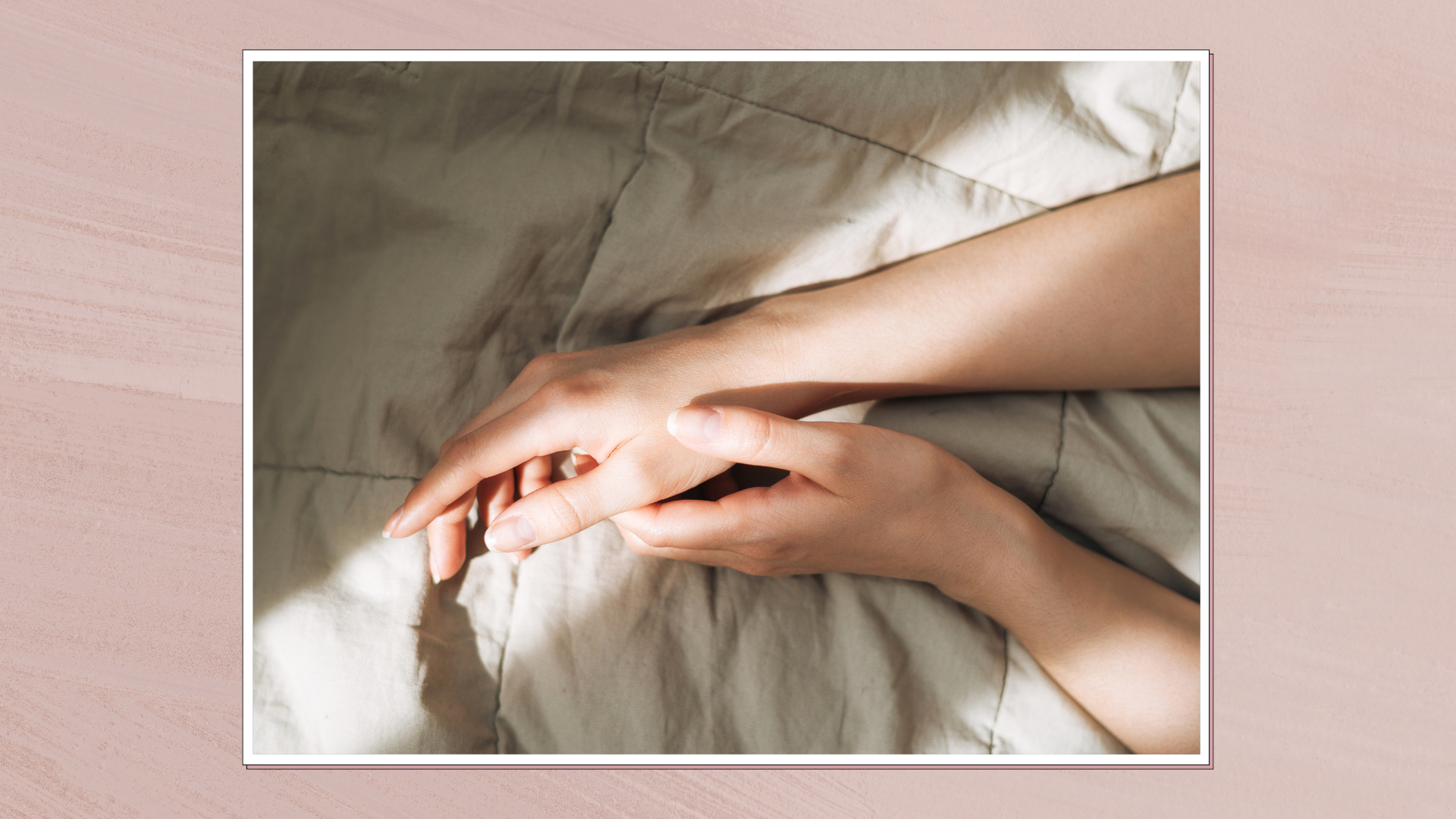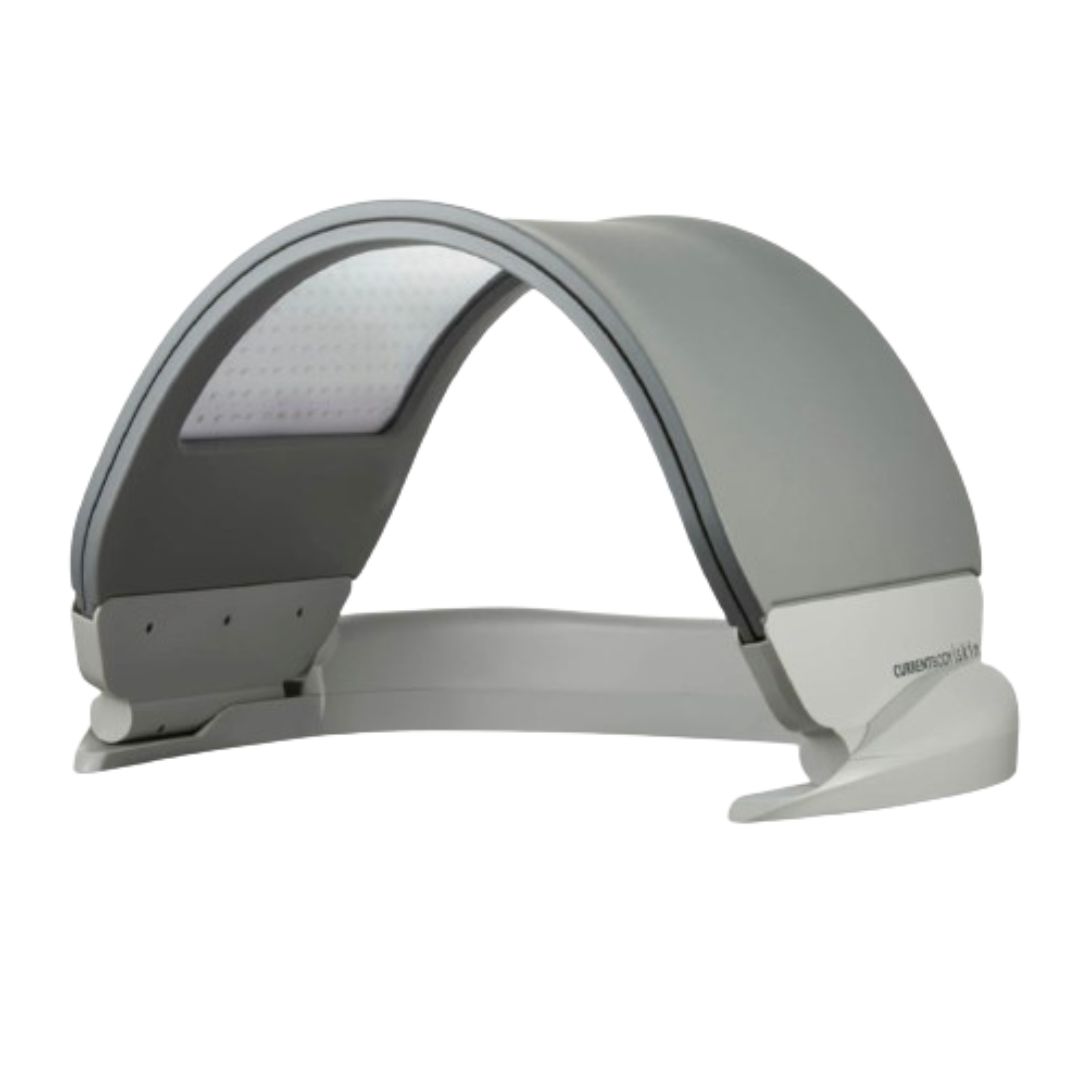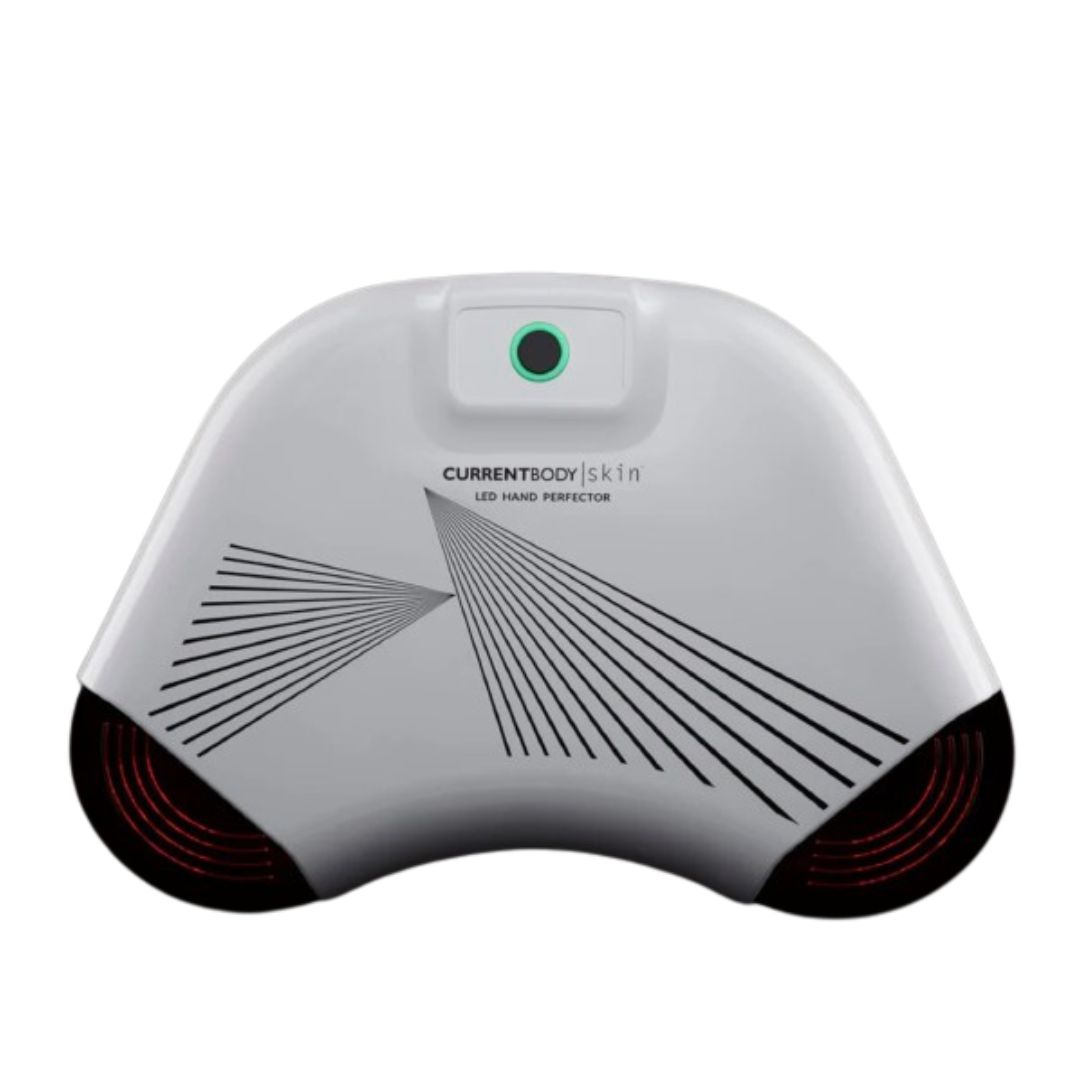Can using red light therapy for hands really help reverse the signs of ageing? The pros explain
Doctors explain whether or not red light therapy for hands is *actually* an effective treatment…


If you’re up to date with the latest in beauty tech, chances are you’re familiar with red light therapy. But you most likely associate it with facial treatments and may be less clued up on the benefits of red light therapy for hands.
Historically, the best red light therapy devices have indeed targeted the face. But there are now several at-home gadgets available that have been specifically designed to treat the body and hands. "The hands can be one of the first skin areas to show signs of ageing," explains Dr. Stefanie Williams, dermatologist and medical director of Eudelo Dermatology & Skin Wellbeing.
There are several contributing reasons as to why this is. Dr. Williams notes that the skin on the back of the hands is thinner than facial skin, making it more prone to the visible signs of ageing. "There’s also very little fat on the backs of the hands, so any decline in collagen and skin elasticity will become noticeable [more quickly]," she continues. "In addition, the skin on the hands has fewer oil glands, so tends to be drier." Our hands are also exposed to more ageing UV and infrared light from the sun than other areas of the body and, as a result, can be prone to hyperpigmentation, such as sun spots.
So, how can we give them a helping hand and ward off the visible signs of ageing? As well as applying SPF and hand cream, advocates of red light therapy say that these treatments can also work wonders on the body and hands. Thus, we put the matter to the experts and asked if LED devices are really that effective. But first, a little background...
A guide to red light therapy for hands, from benefits to treatment options
What is red light therapy, exactly?
First developed by NASA, LED (Light Emitting Diode) Therapy involves using colour light in a spectrum of wavelengths via tiny LED bulbs to treat various skin concerns.
Different coloured lights have different benefits. While blue light kills the bacteria that causes acne, "red light is anti-inflammatory and has also been reported to help stimulate collagen production and new tissue growth," says Dr. Williams. Some devices, specifically those used in a clinic setting, emit a combination of visible red and near-infrared lights with slightly longer (and stronger) wavelengths.
Does red light therapy work for wrinkles?
"Red light is a useful wavelength for stimulating collagen production, leading to improvement in lines and wrinkles," says Dr. Sophie Shotter, award-winning aesthetic doctor and founder of Illuminate Skin Clinic in Kent. As such, it may be beneficial for the skin on the hands that’s prone to premature ageing. "However, apart from the Dermalux Flex, I am yet to see a home-use device that emits the power necessary to achieve real results," says Shotter, adding that in-clinic devices are far more powerful.
Sign up to our free daily email for the latest royal and entertainment news, interesting opinion, expert advice on styling and beauty trends, and no-nonsense guides to the health and wellness questions you want answered.
According to Williams, there are much more effective options for treating ageing hands than red LED light. "Don’t get me wrong, I do like LED light for other benefits, for example, a defined course of red LED for anti-inflammatory benefits after in-clinic treatments, or anti-bacterial benefits of blue LED light for acne breakouts," she explains. "I am just not a fan of ongoing LED light for anti-ageing purposes."
Why, I hear you ask? "We don’t know enough about the long-term effects of LED light when used continuously," she explains. "In fact, we do already know that ultraviolet light as well as infrared light will prematurely age the skin (plus we also know that visible light is contributing to irregular pigmentation and oxidative stress), so it’s not too far-fetched to question whether continuous use of LED light treatment may age the skin over time."
Does red light work for arthritis?
Anti-ageing aside, can red light therapy help with pain, inflammation and common hand conditions like arthritis? "There is some evidence to suggest that red light therapy may be helpful for those suffering from joint conditions,” notes Dr. Shotter.
“The therapy works by penetrating deep into the skin, where it can help reduce inflammation, increase blood circulation and stimulate cellular repair, leading to relief from discomfort and improved joint mobility," adds Dr. Jinah Yoo, consultant dermatologist at Maylin x Dr. Yoo Dermatology.
Can you overdo red light therapy?
According to Williams, yes, you can. "There is definitely a sweet spot when it comes to red light therapy; while less may be ineffective, more might damage the skin. Think about infrared light. We know that the powerful infrared heat emitted from the sun contributes to skin damage and premature ageing. Yet a very well calibrated, small dose of red LED and infrared light has been proven to bio-stimulate skin and support its regeneration and rejuvenation (Barolet et al. 2016)."
If you have a red LED device at home, Dr. Shotter recommends following the manufacturer’s instructions (they can vary depending on the device). "A device like the Dermalux Flex is used twice per week, half an hour per session, for effective results," she notes. "Results are usually visible after a few weeks of consistent use."
What other treatments are beneficial for the hands?
Much like our facial skincare routine, products are important when it comes to handcare. "Firstly, we must start to treat the hands as diligently as we do our face with preventative anti-ageing products," says Dr. Williams. This includes applying topical antioxidants, SPF 30–50 and collagen-stimulating retinoids.
"In addition, in-clinic treatments can do wonders to how old our hands look," Dr. Williams continues. "Regenerative treatments such as Exokine needling can help boost collagen and elastin, while laser or IPL treatment can reduce irregular pigmentation. I also recommend hyaluronic acid-containing skin boosters, not only to hydrate the skin from the inside but also to give [hands] their youthful plumpness back."
Red light therapy for hands: the top devices

RRP: £1,895
Yes, this is expensive and an extremely big investment. But this investment device is trusted by skincare professionals worldwide (including Dr. Shotter). Complete with three clinically proven LED wavelengths: blue (415nm), red (633nm) and near-infrared (830nm), the Dermalux Flex is medically CE certified to treat acne, psoriasis, wound healing and pain relief.

RRP: £189
With a more accessible price tag, the CurrentBody Skin LED Hand Perfector is an FDA-cleared device that’s specifically designed to treat the skin on the hands. Featuring 70 LED bulbs that deliver red light to boost collagen production, treatment sessions last 10 minutes and, according to the manufacturer, results are visible in just four weeks.
Emma Stoddart is a freelance beauty journalist and self-confessed skincare aficionado with over five years’ industry experience. Emma has worked for some of the UK’s top women’s titles including Net-A-Porter, Stylist and Grazia. Her experience spans online and print as well as producing editorial shoots with some of the industry’s biggest artists, including Val Garland. Asides from working with them behind the scenes, she’s also had the chance to interview the likes of Patrick Ta, Pat McGrath, and Sam McKnight for all their insider tips and tricks.
